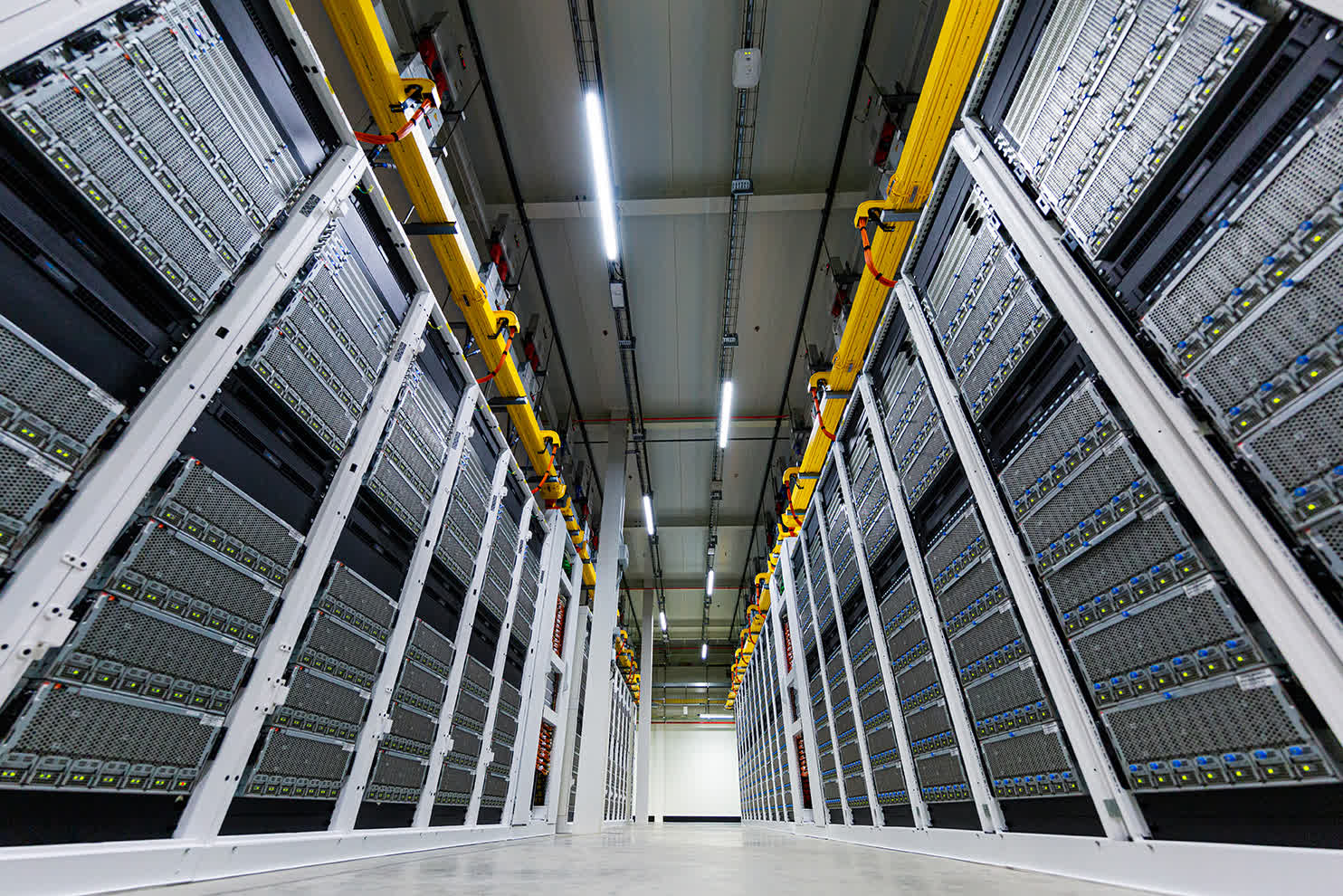Why it matters: Customers are often sold cloud services under the guise of "limitless resources" that can be scaled to meet current demands, similar to other utilities. Azure, like other cloud providers, has experienced a huge surge in resource demands to meet the needs of companies and remote employees for the last several years. Unfortunately for Microsoft, some customers are starting to feel the effects of that surge and learning that capacity may have been an issue all along.

According to a recent article by The Information, more than two dozen Azure data centers, including key centers in Washington, Europe, and Asia, are currently operating at reduced capacity. This reduction in capacity, attributed to several contributing factors, can result in customers experiencing an inability to use any Azure-based infrastructure and services that are relied upon for their daily operations.
Microsoft, like other cloud service providers, felt the squeeze that stemmed from ongoing worldwide component shortages as well as 2020's huge surge in telework requirements.
The inability to obtain required processors and other components left the company (and many others) in a position where the need for capacity was outpacing their existing infrastructure. Despite the lack of resources, the company continued to market their cloud services and brought users into their aging infrastructure.

Microsoft has since tried to address these issues by launching additional data centers around the world to increase overall capacity. While the idea sounds like a step in the right direction, it doesn't necessarily solve the problem for those customers currently experiencing issues in their current regions.
In addition to these expansions, the company periodically releases statements designed to address, but not completely acknowledge, the ongoing capacity difficulties. Just last month Microsoft Azure alerted customers that they may experience failures due to "unprecedented growth in specific regions." The alert was accompanied by guidance for troubleshooting virtual machine allocation failures.

Company representatives stated that the shortages will likely extend into 2023 at key centers, such as US West 2. Since becoming operational in 2007, the Washington state-based data center has been one of the most used and, as a result, most constrained data centers in the overall infrastructure. According to Directions on Microsoft's Wes Miller, Microsoft offers no guidance to customers when selecting their best region and data center. This leaves customers to gravitate toward their closest data center, which may already be overloaded. Miller likens the experience to "getting on a bus that is already full of passengers."
While the events of the past few years are no doubt contributing factors, Microsoft can hardly point to them as the sole reason for their current capacity woes. Customers and users across the web have been vocal about US West 2's performance since as early as 2017. Walmart and Chevron, two of Azure's biggest customers, also experienced access issues as far back as 2019.
Image credit: Chris Montgomery